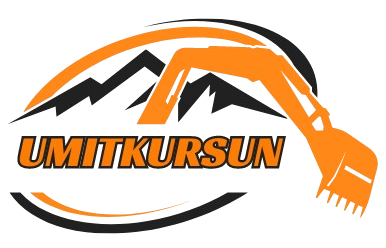In our globalized world, coordinating activities across different time zones has become a common necessity. Time zone maps are indispensable tools that help time zone map us navigate the complexities of time differences. Whether you’re managing a multinational team, planning international travel, or simply curious about time differences around the world, understanding time zone maps is essential. This article provides a comprehensive guide to time zone maps, their purpose, and how to use them effectively.
What is a Time Zone Map?
A time zone map is a visual representation that divides the world into regions, each with its own standard time. These regions are known as time zones, and each one generally corresponds to a one-hour difference from its neighboring zones. The map displays these zones in relation to Coordinated Universal Time (UTC), which serves as a global reference point.
Key Components of Time Zone Maps
- Time Zone Boundaries: Time zone maps illustrate the borders that separate different time zones. These boundaries are often depicted with lines or color-coded regions, helping to distinguish one zone from another.
- UTC Offsets: Each time zone is marked with a UTC offset, indicating how many hours ahead or behind it is from UTC. For example, New York is UTC-5, meaning it is five hours behind UTC.
- Major Cities: Many time zone maps highlight major cities within each time zone, providing practical reference points for understanding time differences.
- Daylight Saving Time (DST): Some maps show regions that observe DST, a practice of setting the clock forward by one hour during the warmer months to extend evening daylight. This can affect the standard time and is important for accurate scheduling.
Why Time Zone Maps Matter
- Global Coordination: For businesses operating across multiple time zones, a time zone map is crucial for scheduling meetings, coordinating projects, and managing operations efficiently.
- Travel Planning: Travelers use time zone maps to adjust their plans according to the local time of their destinations, helping to minimize jet lag and ensure smooth transitions.
- Communication: Knowing the time difference helps in timing communications, such as phone calls or online meetings, to ensure they occur at appropriate hours for all parties involved.
How to Read a Time Zone Map
- Identify Your Location: Start by locating your current position on the map to determine your time zone.
- Find the Destination: Look up the time zone of the location you are interested in. This will help you understand the time difference.
- Calculate Time Differences: Use the UTC offsets to compute the time difference. For instance, if it’s 3 PM in your location (UTC-4) and you want to find out the time in Tokyo (UTC+9), you would add 13 hours to your current time.
Practical Applications of Time Zone Maps
- Scheduling Meetings: When organizing meetings with participants in different time zones, a time zone map helps in finding a suitable time for everyone involved.
- International Travel: Adjust your travel itinerary based on the time difference to arrive well-rested and on schedule.
- Media and Broadcasting: Coordinate broadcast times for international audiences, ensuring that content is released at optimal times.
- Customer Support: Provide timely support by aligning your service hours with the local times of your global customer base.
Challenges and Limitations
- Complex Boundaries: Some regions have irregular time zone boundaries that can be difficult to interpret. Time zones in some countries can also be non-standard due to political or historical reasons.
- Daylight Saving Time Variations: Not all regions observe DST, and those that do may start and end at different times. This can complicate time calculations.
- Political Changes: Changes in political borders or time zone policies can alter time zone maps, requiring updates to maintain accuracy.
Conclusion
Time zone maps are valuable resources for navigating the intricacies of global time differences. By understanding and utilizing these maps, individuals and organizations can enhance their scheduling, travel planning, and communication. Despite some challenges, a well-comprehended time zone map is an essential tool for bridging the time gap between different regions, ensuring smoother global interactions and more efficient operations.
